 Why do dogs do what they do? Why does your dog raid the trash can, or counter surf? Why does your dog come when you call (or why not!)? It's all about the motivation. Dogs do things for one of two reasons: 1. To get something they want. -or- 2. To avoid something they don't want. Sounds simple, and it is. Modern dog training is based on positive reinforcement. Instead of waiting for the dog to do something wrong we set the dog up for success, and reinforce those successes with things the dog likes - food, play, praise, etc. - until those behaviors become habits, become his default behaviors. Traditional dog training is based on punishment. Wait for the dog to do something wrong or, even worse, bait the dog into doing something wrong then punish him - with a leash pop, a loud voice, a rolled-up newspaper, a shock, etc., until the dog stops doing the behavior in order to avoid the punishment. Enough punishment and the dog falls into a state of learned helplessness - afraid to do anything for fear of being "corrected". Both training methods work, but at what cost? The Fallout of Using Punishment There have been numerous scientific studies that have compared punishment-based training with reward-based training, and the message is clear: punishment-style training is unnecessary and detrimental to animal welfare. In one particular study (1) a group of dogs were trained with shock collars while another group was reward-based trained. There was no significant difference in reported efficacy between the groups. In other words, shock-trained dogs did not perform any better than reward-trained dogs. Another study (2) reveals that confrontational training methods actually increase the risk of an aggressive response from the dog. Finding the Right Motivator As we have learned, motivating a dog to work for something they want is a better way to train. But what motivates one dog may not motivate another, or what may motivate a dog to do a simple task may not be enough to motivate him to do a difficult task, and therein lies the challenge. For example, Clarke, a healthy, 9-month old Labrador Retriever, refused to jump into the back of his SUV, which is a problem because he goes to daycare several times a week. Clarke is frequently taken on hikes and loves jumping on and off of boulders and other obstacles, so ability wasn't an issue. He also loves his daycare, so there was no fear of going someplace he disliked. My feeling was he didn't like jumping into a small, enclosed space. We can't make the space bigger, so we had to make the space worth jumping into. Motivation! We began by clicking and treating Clarke just for looking at the vehicle, in order to make a positive association with it. We then threw treats inside and clicked/treated for putting his front paws on the vehicle in order to get the treats. But that's as far as Clarke would go. Fresh turkey, peanut butter bites, and commercial training treats were just not motivating enough to get Clarke to jump into the car. At this point a "balanced" trainer (a trainer who uses reward-based and punishment-based training) or a punishment-based trainer might have put a leash and choke or prong collar on Clarke and pushed and/or dragged him into the back of the SUV. Clarke may have obliged, if only to avoid the pain around his neck. But we also know that could have caused Clarke to shut down (learned helplessness) or provoked an aggressive response from him. I, on the other hand, upped the ante: liver paste sprayed into a Kong. Within a few minutes we had him jumping into the back of the SUV with no assistance whatsoever. We found Clarke's motivation! In Summary Find out what your dog loves and use it to your advantage - whether it's a tennis ball, a tug toy, or a liver-filled Kong. You wouldn't expect to work your whole life for a pat on the back and a "good job", and neither should your dog. Make use of what motivates your dog and pay him! Just like us, difficult jobs often call for higher pay, so don't be stingy. Break out the good stuff and give your dog a bonus for doing a difficult job. Your dog will love your for it! References (1) http://journals.plos.org/plosone/article?id=10.1371/journal.pone.0102722 (2) http://www.sciencedirect.com/science/article/pii/S0168159108003717  TIP #1: HOUSE TRAINING AN ADULT DOG Shouldn’t an adult dog know where to go? Ideally, yes. And dogs are naturally clean animals. Given a choice, they will go to the bathroom well away from where they sleep and eat. But it is not at all obvious to dogs that carpets and floors are inappropriate toilets - or that the bathroom rules in one place apply everywhere else. Teach your new family member to distinguish between indoors and outdoors by getting her to go in a designated area and then rewarding her with treats and praise. With a little patience and supervision, your dog will soon be fully versed in toilet etiquette. Note: If a house trained dog suddenly has accidents, call your veterinarian. Your dog could have a bladder infection or another medical problem. TIP #2: LEASH AGGRESSION (aka Why Otherwise Friendly Dogs May Behave Aggressively When On Leash) We know that aggression is caused by stress. Clearly, there is something about being on a leash that a lot of dogs find stressful enough that it prompts aggressive behavior. There are several reasons for this. Let's take a look at one of them. Picture in your mind two dogs meeting and greeting, off-leash. They engage in a social dance - advancing, retreating, moving around each other, sniffing various body parts, giving body language signals intended to keep the interaction civil. Sometimes the movements are slow; sometimes they are quick. If one dog is cautious or fearful of the other, he can retreat as he wishes, using social distance to keep himself safe. Now picture those same two dogs meeting on-leash. The dance is stilted, inhibited by the restraint of the leash. One dog tries to circle the other, and the leash tangles around his legs. The cautious dog would like to retreat to safety, but knows the leash restricts his movement, and elects to act out his second option to increase distance - a growl and a snap to signal to the other dog to move away - who cannot, because he is leashed. The fight is on. In the future, the cautious dog will offer a growl and snap before he's close enough for the other dog to make contact. The best defense is a good offense. Alarmed, owners move away from each other, and the fearful dog's aggression is reinforced by the increased distance. Behaviors that are reinforced repeat and increase, and the cautious dog's aggression escalates as he realizes that it's a successful behavior strategy for him - it keeps other scary dogs away. You now have a leash-aggressive dog. Absent the leash, he still chooses to move away from the other dog - his first behavior choice. - Whole Dog Journal  Clarke refuses to get into his SUV, and that is a problem because he goes to daycare several times a week. Lifting a 70 pound Labrador Retriever is no longer an option. Tonight we clicked and treated him for looking at the car. We put treats in the back then clicked and treated when he put is front feet in the car, but he just wouldn't jump in. Then we made him an offer he couldn't refuse: spray liver in a Kong! By the end of our session Clarke was jumping in unassisted. It's all about the motivation! 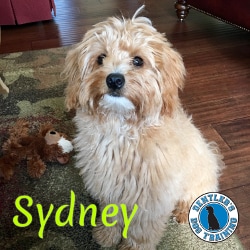 Sydney already sits pretty well, so we just taught her how to also respond to a hand signal. Down, however, she did not know how to do. But she does now! In just a few minutes we had this little fuzzball lying down with a verbal or hand cue. 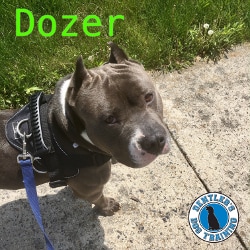 Dozer learned how to Wait at the door calmly before going out, as well as how to Stay when we walk of sight. We were also able to practice door greetings and departures by having him in a sit stay or down stay while people came and went. 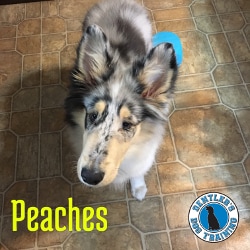 Today we taught Peaches how to Leave It. She did very well with the food items but struggled with the paper products that she likes to take off the kitchen table. Because counter surfing is such a self-reinforcing behavior that she has practiced in the past this will take some consistent work.  TIP #1: ALERT BARKING Alert barking is triggered by sights and sounds such as passersby, slamming car doors, or a cat on the lawn. Teach your dog to respond to noises by getting a toy or barking once, then coming to find you. Keep blinds closed and don’t put your dog’s bed or his confinement area anywhere near a window or bay door. Crating your dog can be a great way to signal to him that he can take time off from his patrol duties. TIP #2: FINDING TIME TO TRAIN YOUR DOG You do have the time to train your dog. Whether you realize it or not, you already are spending a lot of time training your dog. Every minute you are with your dog you are training him. Your everyday interactions with him are the most powerful training tools you have. Life is a reinforcer. Remember these two concepts:
|
AuthorJeff Dentler, CPDT-KA, IAABC-ADT, FFCP, CTDI Archives
April 2024
Categories |

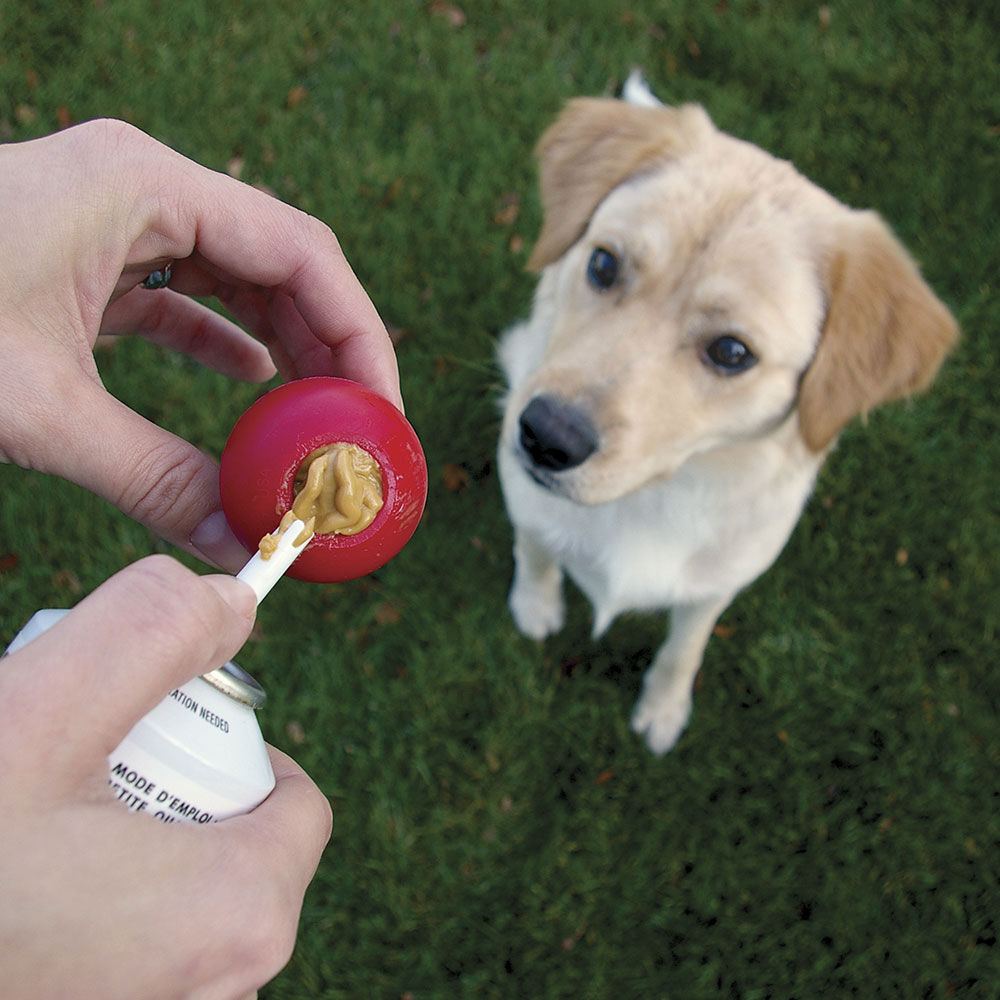
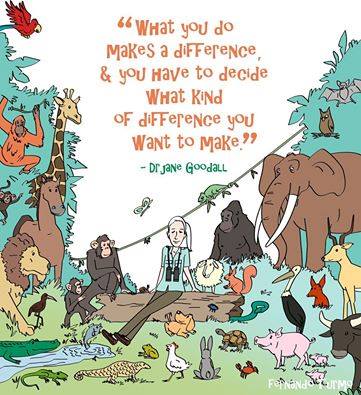
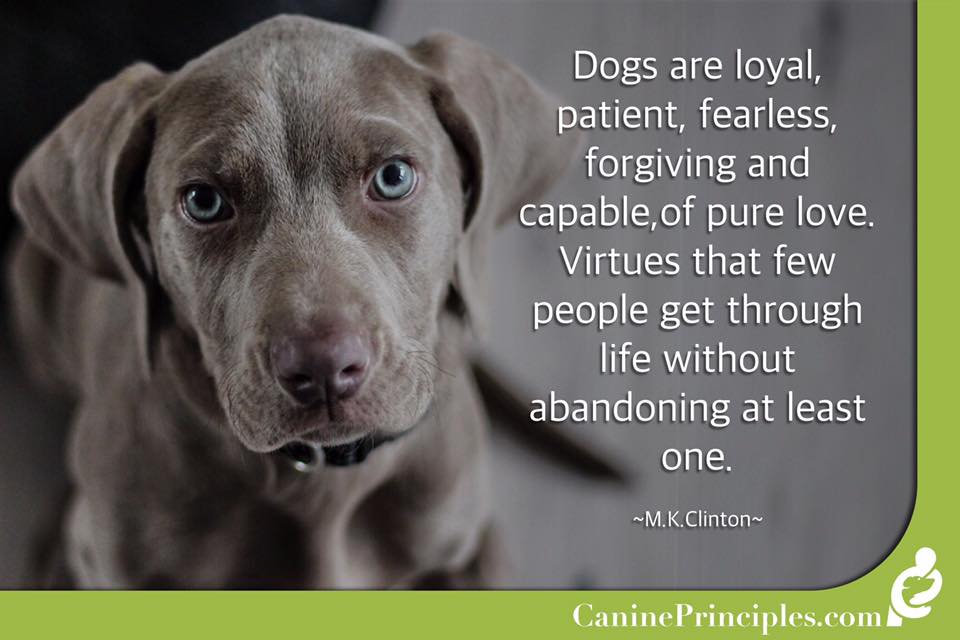
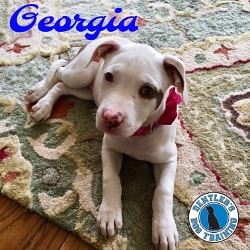
 RSS Feed
RSS Feed